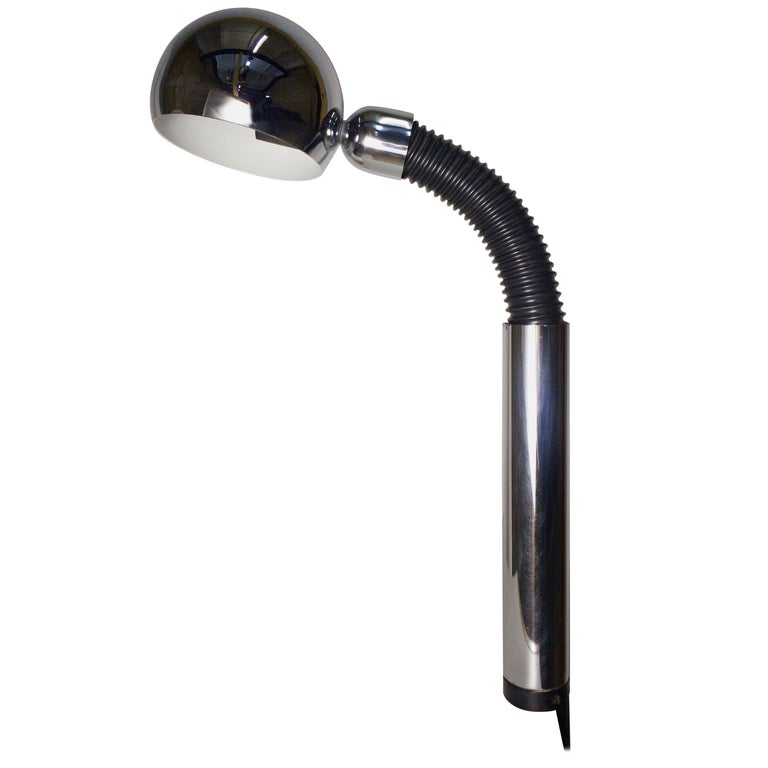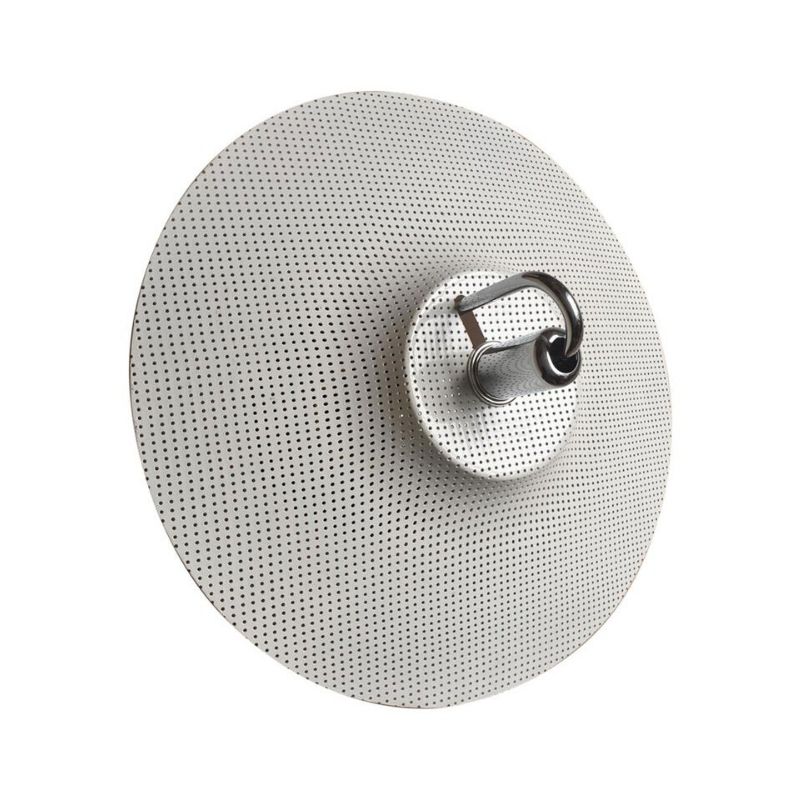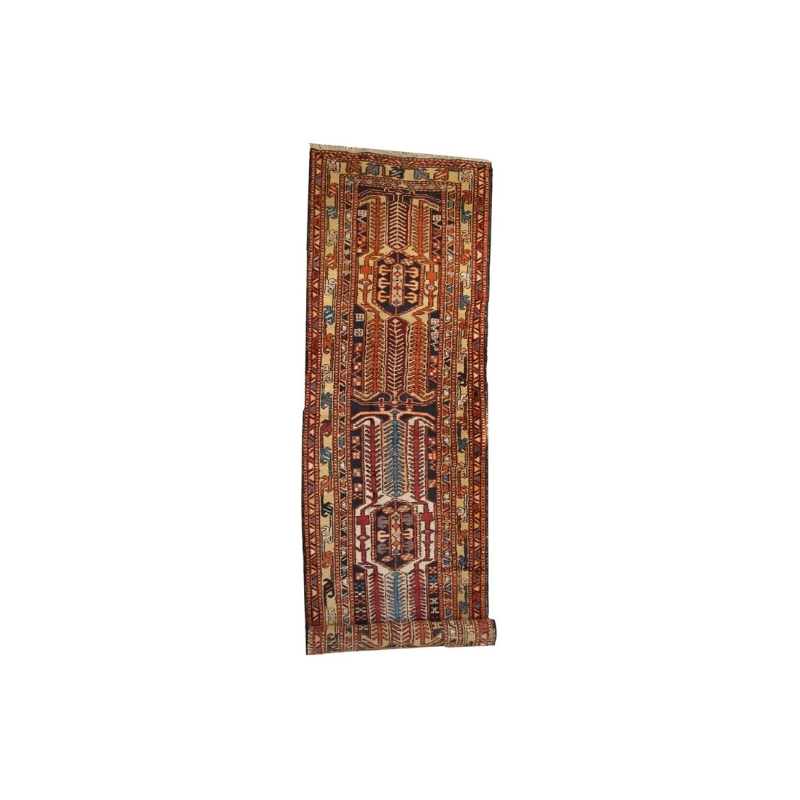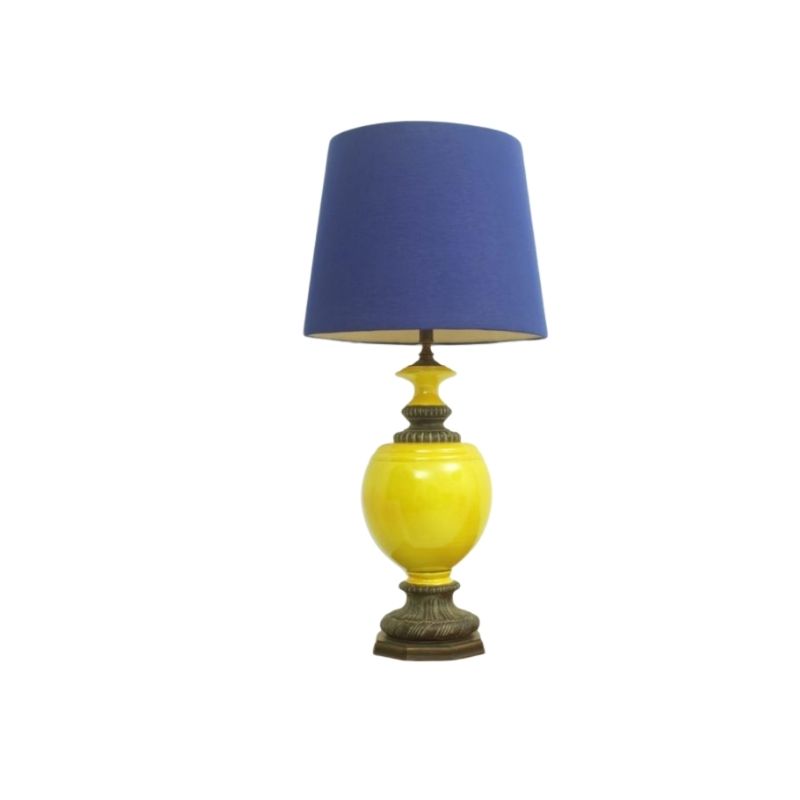Here's a odd Herman Miller produced Eames designed tray that I picked up towards the end of the past century. I haven't seen another like it, however if one exists there must be more. Judging from the patina it is very old and is made out of 5 thin veneer laminations. The outer veneers seem to be redwood? The dimensions are 16 1/4" x 13 7/8" (41.275 cm x 35.2425 cm). It's only about 3/32" thick.
∞
Yes WW,
I bought it off Ebay from a dealer in the south that I had purchased a few other rare Eames pieces from. Like yourself, I have handled a few Eames designs over the decades... although I don't claim to be a scholar since there is only one self-proclaimed Eames scholar who is authorized by the Eames Office.
My gut (experience) tells me it that it's real and probably dates back to the Evans/Herman Miller transition time even though the foil label is from a later period. The foil label doesn't appear to be added at the time of the purchase, or faked as we now term as "a industrialarts/modernesia fantasy piece".
The foil label is the same found on other HM/Eames designed pieces. Similar to the George Nelson foil labels that are used on his early furniture and tray designs.
The shape is odd and that's what makes this tray so intriguing. I don't think that there were many, if any other companies making these complex curves out of laminated wood back then.
I think that if you examined it up close you would come to the same conclusion.
I'll post another odd Eames fiberglass tray tomorrow.
Thanks for looking.
∞
Fritz Hansen
produced The Hvidt & Molgaard Ax chair in 1947, which is noted for its double curved plywood. That is about the timeframe you are suggesting, right?
Very interesting tray. Is the exterior veneer really redwood? I've very rarely seen redwood with grain tight enough that you couldn't cut through veneer depth in the summer wood with a finger nail. Although based on the photo it does look a lot like redwood....
Close up shot? I am very curious.
If the foil label
is acknowledged to be from a different period, what is its value as proof, or even suggestion, of this being a Herman Miller tray ? What is meant by "it [the label] doesn't look like it was added at the time of purchase" ? What is meant by "My gut (experience) tells me it that it's real and probably dates back to the Evans/Herman Miller transition time. . ." ? What is meant by "I think that if you examined it up close you would come to the same conclusion" ?
Very interesting Mvalen
I'll try and shoot a side shot of the lamination and post it in the morning. The graining in yours seems similar to mine. My tray looks old and oxidized and the color and graining looks like redwood. I don't know much about veneers, but redwood seems like a rather soft wood which might lend itself to experimentation. Can you post the measurements of your tray.
I don't mean to burst any bub...
I don't mean to burst any bubbles here, but SDR makes an excellent point. I have little to no doubt that this is not an authentic Eames piece. Evans would have been a bit more convincing, though I've only seen this label from roughly 1952 and onward. The Eames office as far as I know was not working diligently on tray designs at that point. The design in itself also does not fit the Eames way of thinking. Does this product provide a groundbreaking solution to tray carrying? It is a decorative piece, something that the Eames' were surely not working on around 1952.
SDR
What is meant by "it [the label] doesn't look like it was added at the time of purchase."
Based on the label wear and the way it's attached it doesn't appear that it was added by the Ebay seller I bought it from in the late 90s. Nothing more.
"My gut (experience) tells me it that it's real and probably dates back to the Evans/Herman Miller transition time. . ."
I am not an expert but I have collected Eames designs since the early 80s and have spent a fair amount of time examining details, wood lamination, bolts, labels, hardware, etc in museums, major retrospectives and galleries in NYC, the midwest and Los Angeles.
Have you ever seen waste paper baskets constructed out of Eames screen panels? I've seen a couple that could of been homemade projects. They took on a Moorish look when pieced together in a square. Completely different than the modern language of classic Eames design. They were very old and worn but refined and looked like something that could of come out of a design studio experimenting with shapes and different design applications, then taken home and used for decades. I don't know if they were from the Eames studio. They did have a whimsical experimental quality that I've seen in other Eames prototypes.
Lots of pieces I've seen don't always incorporate standard bolts and labels that you find on identical designs from the same period of manufacturing. These pieces appear to be untampered with and factory original. The coffee table above is a table I gambled on and bought years ago on the hunch it was Evans produced with a Eames designed top. The legs don't look like anything Charles would of produced, but little details like the grease pencil numbering on the base is consistent with other labeling I've seen on many HM pieces.
I owned an LTR with an early orange Eames Office Venice label. I've never seen another early LTR with this particular label. My DCM with metal reinforcement bracket/supports cleanly mounted on the front rod next to the shock mounts. They appear to have been added in the factory. I haven't seen this detail on any other DCMs at the Eames LACMA and Joel Chen's retrospective.
"I think that if you examined it up close you would come to the same conclusion"
The sophisticated laminated wood compound curves are something I haven't seen on older vintage housewares. I've owned a number of different HM Nelson trays and his two tray tables. The side profile of this tray appears similar to the Nelson tray laminations but thinner.
Mvalen's post makes me reconsider the origins of my tray and whether or not the foil label was added. I'm not completely convinced yet since his tray doesn't appear identical, but the grain, shape and corners lead me to believe that my tray has more in common with his than the documented Herman Miller designs.
If you need any help, please contact us at – info@designaddict.com









